21 Wild Animals in Chile [Wildlife in Chile]
Want to know more about wildlife in Chile?
Discover 21 wild animals in Chile in this post, as well as interesting facts about them. 🇨🇱
TABLE OF CONTENTS [show]
Learn All About Chilean Animals
Ready to learn all about Chilean animals?
I’ve always been fascinated by animals, and by how they can be so different from one country to another. In this guide, we’ll focus on the many animals Chile has on the land, in the sky, and underwater.
I’ve split the guide into 4 categories:
- Native animals from Chile
- Endangered animals of Chile
- What is the Chile national animal?
- How many animals native to Chile?
Let’s dive in right away with our first category!
Native Animals from Chile
Chile is a very long and narrow South American country located in the southwestern part of the continent. It is situated between the Andes and the Pacific Ocean, and it used to be a Spanish colony. It is bordered by Peru and Argentina, and its capital city is Santiago, which counts more than 6,269,000 inhabitants.
An interesting part of the country that I wanted to tackle is its wildlife. In light of that, I have listed the best of it, and I hope you will love learning what animals are in Chile.
Here’s the Chile animals list.
1. Andean condor
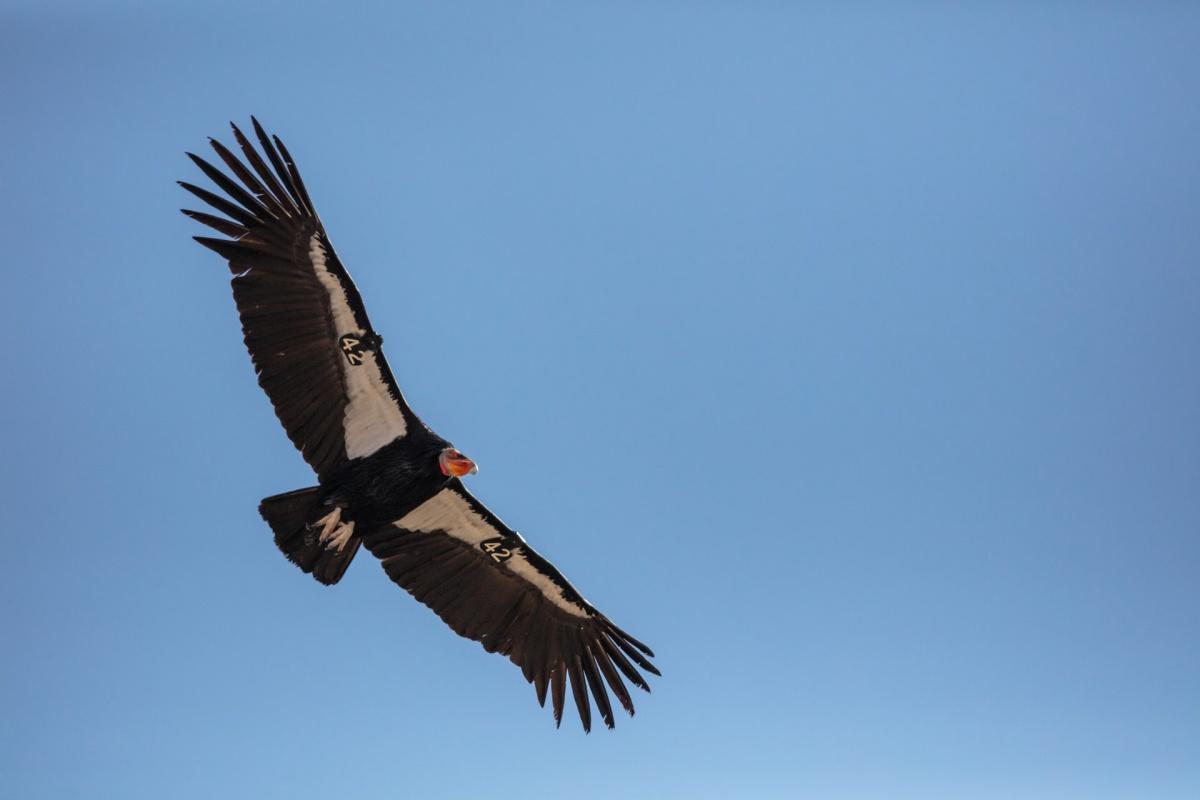
- Name: Andean condor
- Scientific name: Vultur gryphus
- Conservation status:
The Andean condor is definitely the most iconic bird of prey from South America and the most iconic animal of all the Andes mountain range. Despite being an important symbol, it is not the official national animal of the country.
This condor is the largest bird of prey in the world, with a maximum wingspan of 3.3 m / 10 ft 10 in, and weighing up to 15 kg / 33 lb! Truly a South American colossus!
2. Guanaco
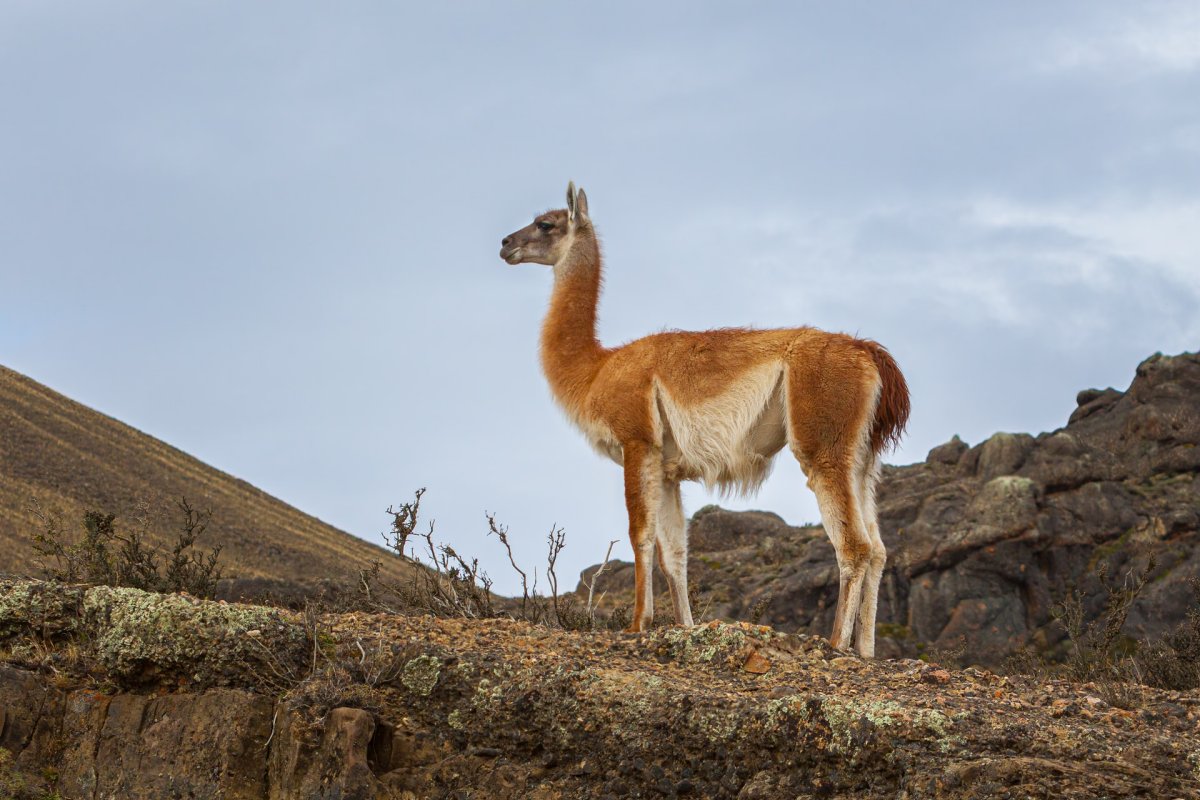
- Name: Guanaco
- Scientific name: Lama guanicoe
- Conservation status:
If you think of South American animals, you will probably immediately think of the llamas. And well, the guanaco is very closely related to the llama: it is a species of camelid native to South America, and it lives at high elevations.
Even though it is a wild species, there are guanacos in American zoos and private herds. Their high-pitched cry is characteristic, and they will alert the rest of the herd with it when they feel threatened.
3. Southern elephant seal
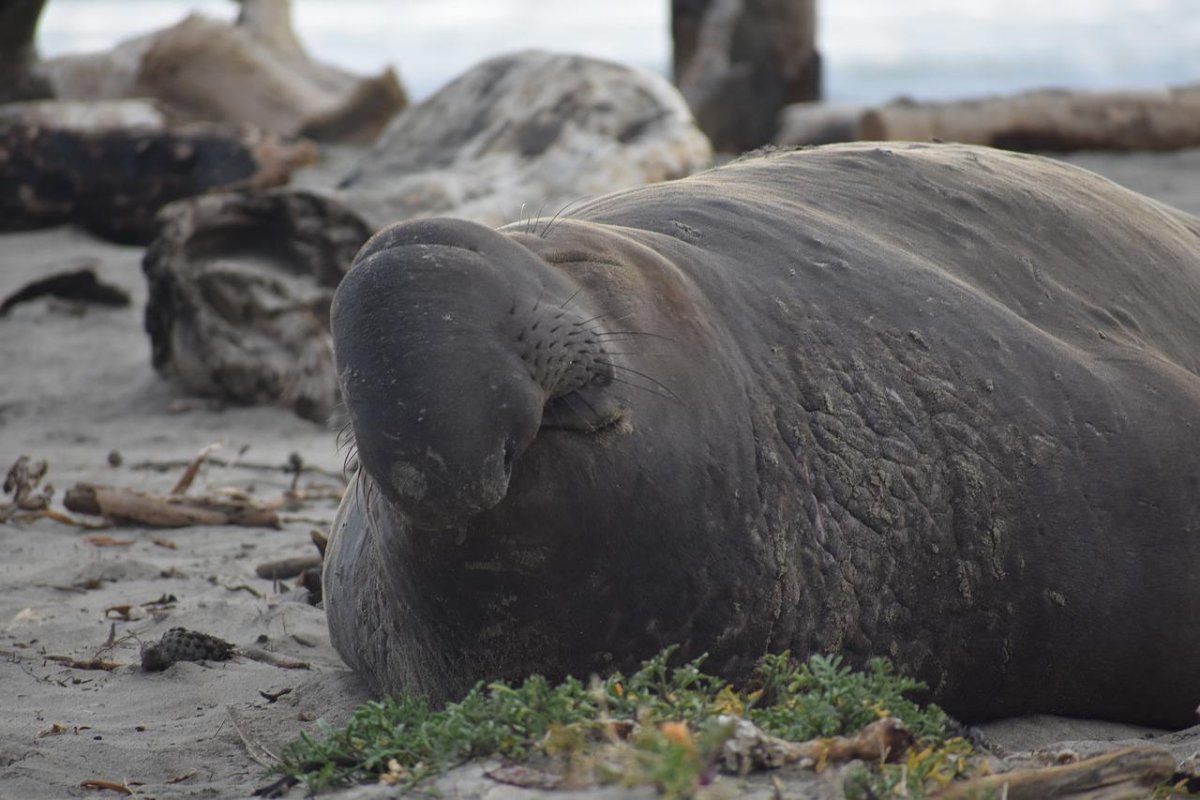
- Name: Southern elephant seal
- Scientific name: Mirounga leonina
- Conservation status:
There are two species of elephant seals in the world: the northern elephant seal, and the southern elephant seal. Both of them live in very cold areas of the planet, and the one that can be found on Chile’s coasts is obviously the southern elephant seal.
Its name comes from the iconic and massive proboscis of the adult male. This head appendage is used to produce very loud roars, mostly during the breeding season. Southern elephant seals are much heavier than their northern counterparts.
4. Blue whale
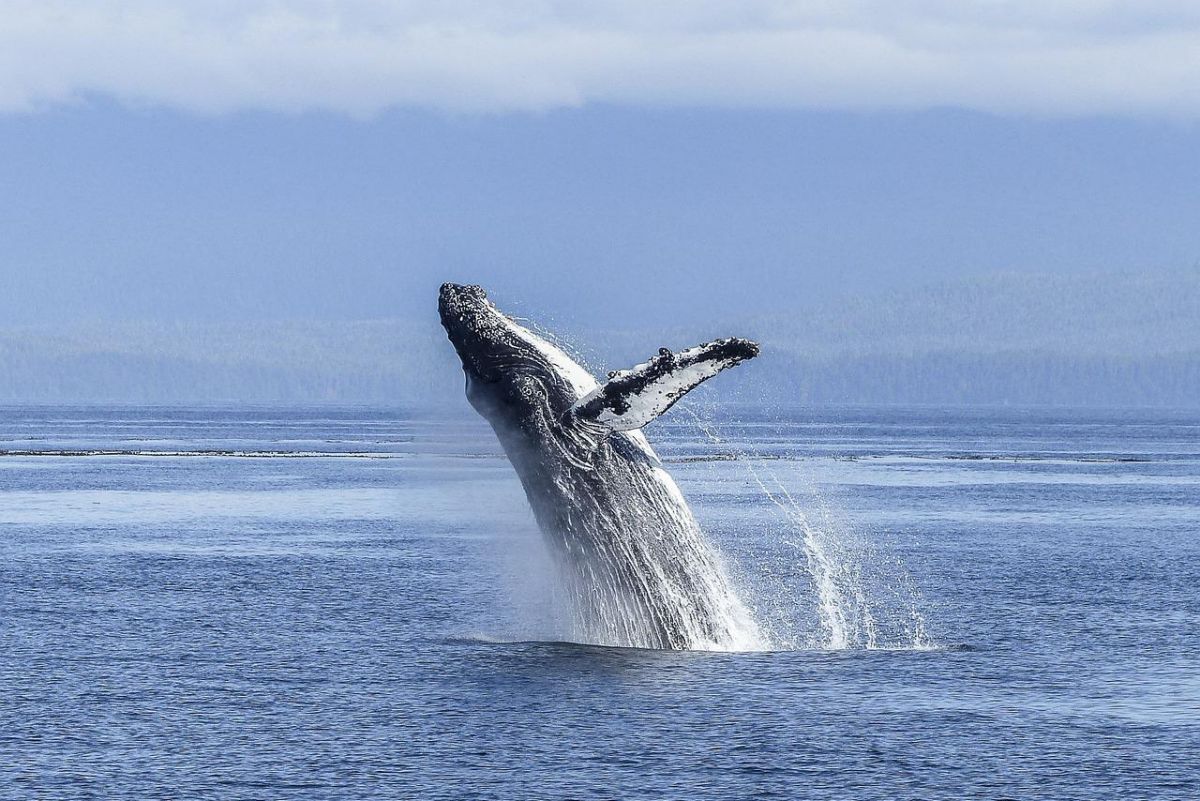
- Name: Blue whale
- Scientific name: Balaenoptera musculus
- Conservation status:
Between mainland Chile and the Chiloé Island is a large body of water, known as Gulf of Corcovado. There, it is not uncommon to spot blue whales.
The largest animal to have ever existed can reach an outstanding length of 29.9 m / 98 ft and weigh up to 199 tonnes / 196 long tons! It is a renowned filter feeder that eats almost exclusively krill. This animal is solitary or gathers in small groups of a few individuals.
5. Culpeo
- Name: Culpeo
- Scientific name: Lycalopex culpaeus
- Conservation status:
The culpeo, also known as the Andean fox, the Andean zorro, the Andean wolf, or the culpeo fox, is a species of fox native to South America. Despite its name, it is closely related to wolves and jackals rather than foxes.
After the maned wolf, the culpeo is the largest native canid on the continent. Its diet is mainly made of rodents, birds, lizards, and rabbits, but if needed, it will also eat carrion and plant material.
6. Southern pudu
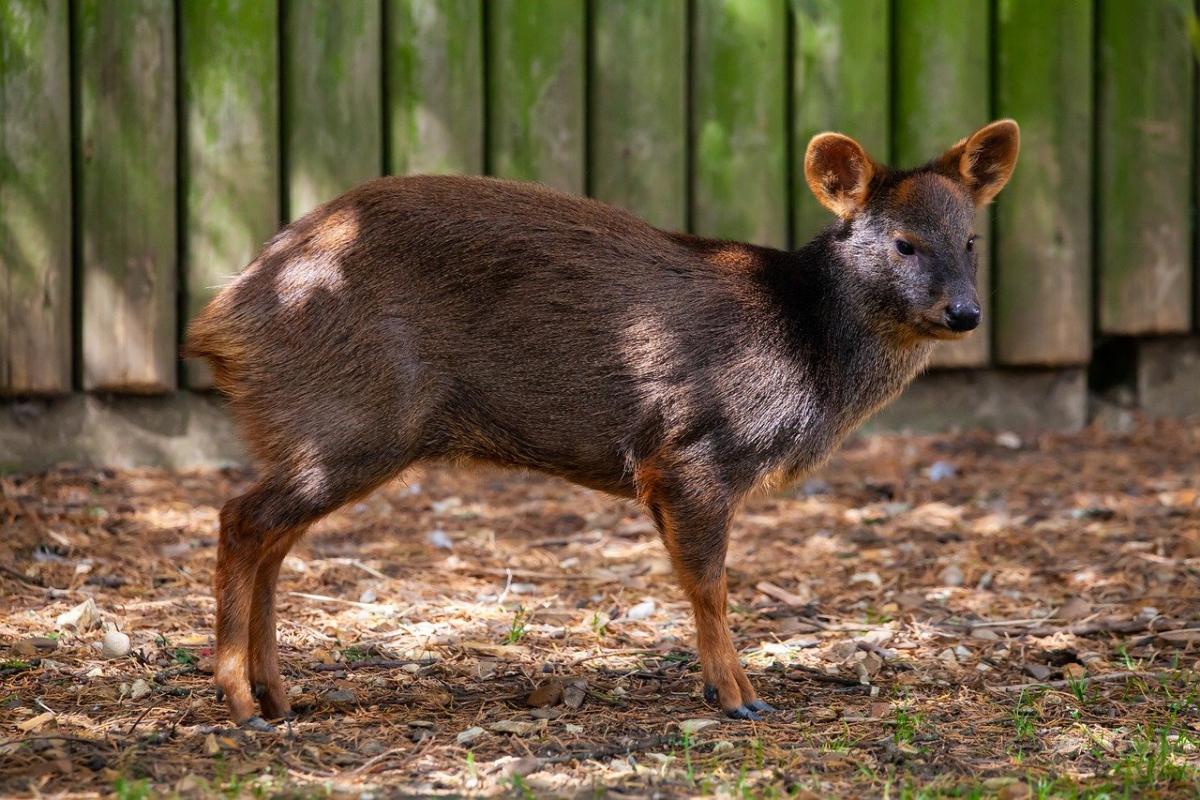
- Name: Southern pudu
- Scientific name: Pudu puda
- Conservation status:
The southern pudu is one of two subspecies of pudus, the world’s smallest deer. It was named by the indigenous Mapuche people of central Chile and southern Argentina. It ranges in size from 32 to 44 centimeters (13 to 17 in).
Like many other South American animals, the southern pudu is threatened by habitat destruction due to deforestation. It is also overhunted and killed for food by hunting dogs, and sometimes even kept as pets.
7. Humboldt squid
- Name: Humboldt squid
- Scientific name: Dosidicus gigas
- Conservation status:
You might not expect such an unusual animal on this list, but the Humboldt squid, also known as jumbo squid, Pota in Peru, or Jibia in Chile, is a large predatory squid that inhabits the eastern Pacific Ocean. It can be found off the coast of Chile and has a reputation of aggression towards humans, which is mostly the case during the breeding season.
It can reach a staggering 1.5 m / 4 ft 11 in in length, and it is the most important squid worldwide for commercial fisheries.
8. Short-tailed chinchilla
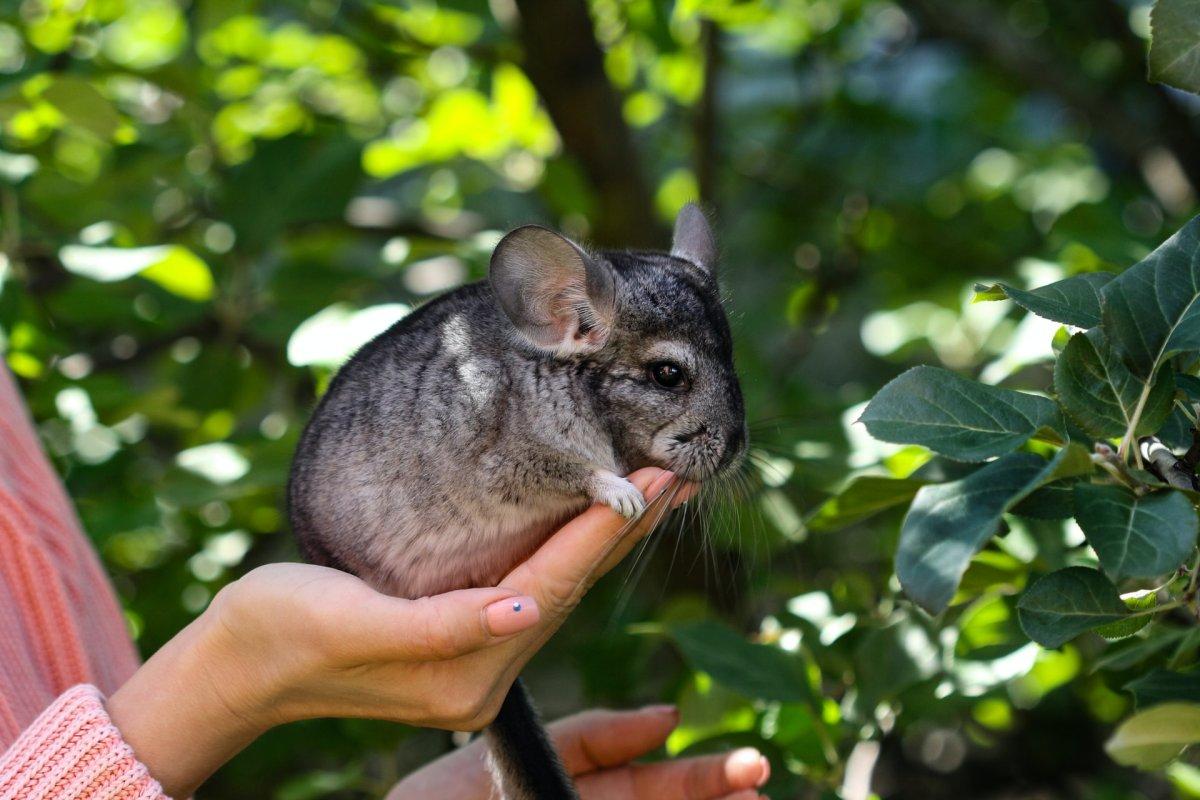
- Name: Short-tailed chinchilla
- Scientific name: Chinchilla chinchilla
- Conservation status:
It was only until relatively recently that the chinchilla was hidden from the world. Now, it is more and more often kept as a pet, or killed for its characteristic and very luxurious fur.
The short-tailed chinchilla, also called the royal chinchilla, the Bolivian chinchilla, or the Peruvian chinchilla, is a species of rodent native to South America. Conservation measures were implemented in the 1890s in Chile to save chinchillas.
9. Kodkod
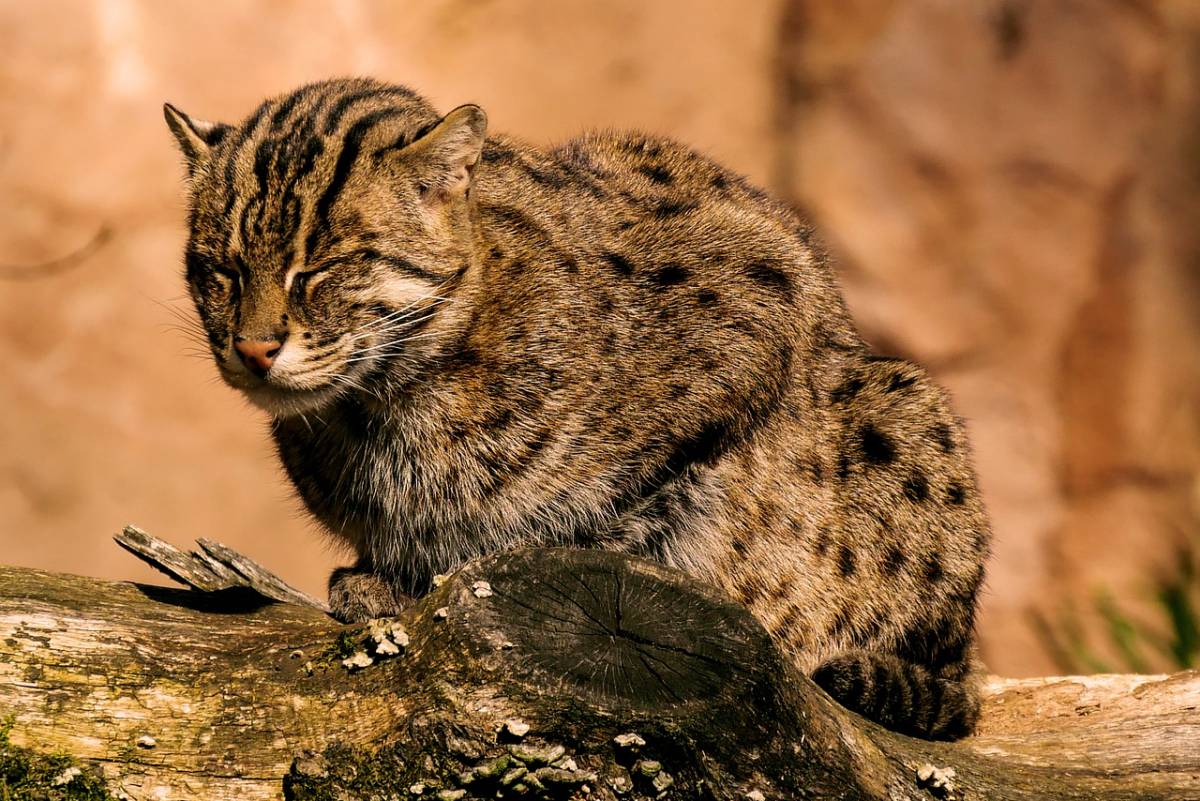
- Name: Kodkod
- Scientific name: Leopardus guigna
- Conservation status:
The kodkod, also known as the güiña, is the smallest felid species native to the Americas. It resembles a leopard cub and lives majorly in central and southern Chile, as well as in some areas of Argentina. Its global population is estimated to be less than 10,000 mature individuals, and it is considered vulnerable because of logging and agricultural expansion. Persecution for attacking livestock also frequently happens.
10. South American cougar
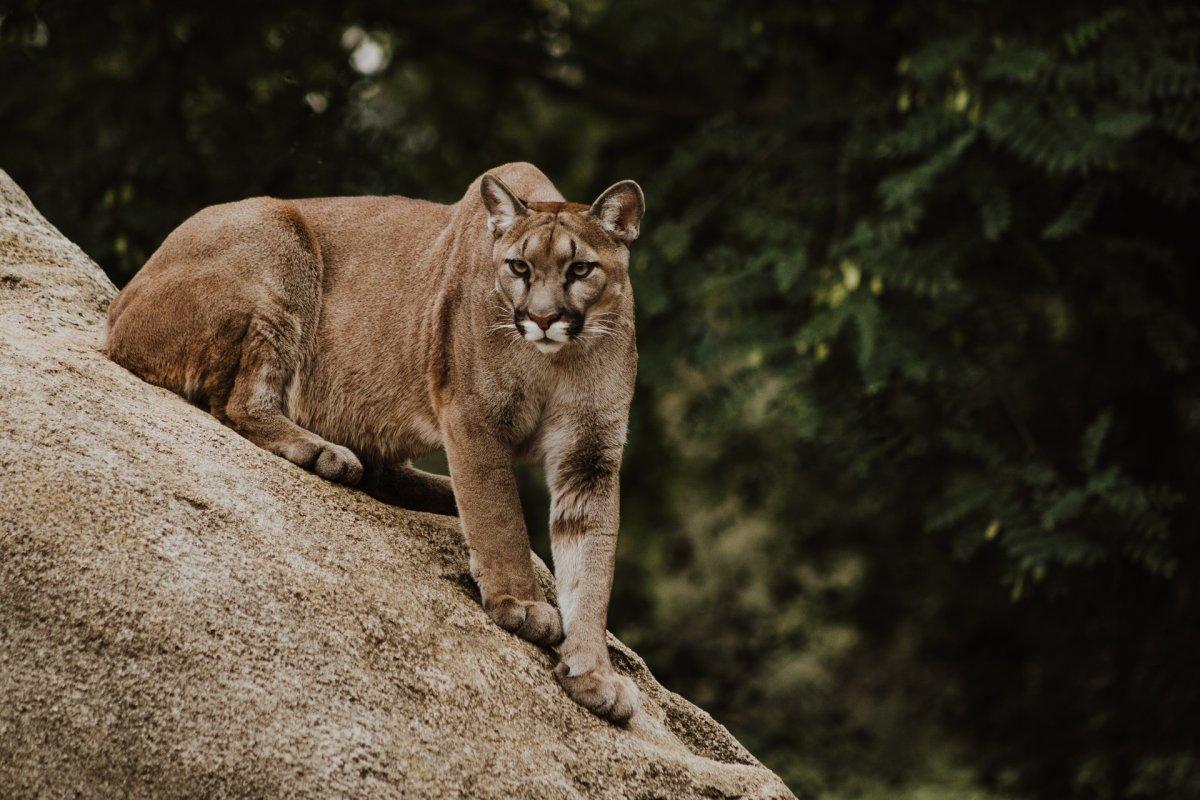
- Name: South American cougar
- Scientific name: Puma concolor concolor
- Conservation status:
Right after the Andean condor, one of the first animals that comes to mind when thinking of South American mountains is the South American cougar, also called the Andean mountain lion or the puma.
This large wild cat has had a significant impact on culture and folklore in South America. It is considered either a helper of people or a snatcher of souls and was even revered in some indigenous populations.
11. Sperm whale
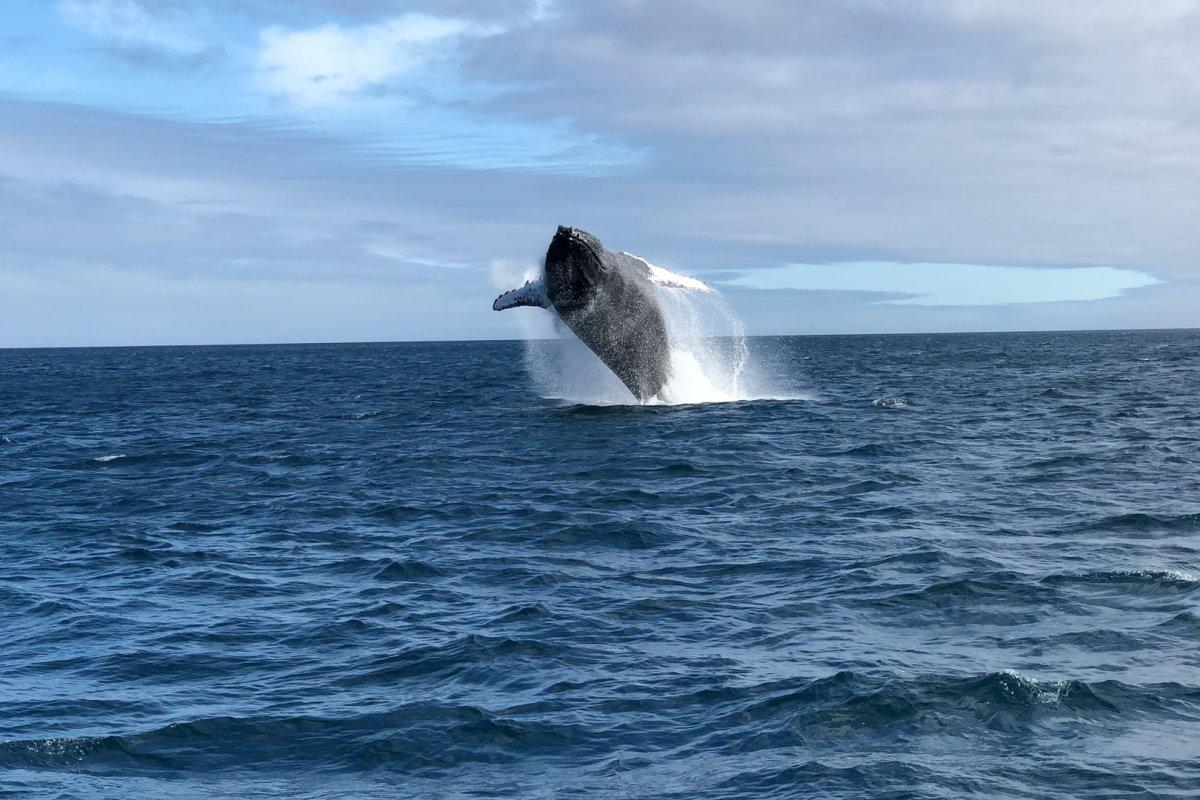
- Name: Sperm whale
- Scientific name: Physeter macrocephalus
- Conservation status:
The sperm whale, also known as the cachalot, is the largest toothed predator on the planet. It is one of three species in the sperm whale family alongside the dwarf sperm whale and the pygmy sperm whale.
It can be found off the coast of Chile, and it is the third deepest diving mammal after the southern elephant seal and Cuvier’s beaked whale. Interestingly enough, it has the biggest brain on Earth!
12. Monito del monte
- Name: Monito del monte
- Scientific name: Dromiciops gliroides
- Conservation status:
The monito del monte, also known as the colocolo opossum, is a tiny marsupial native to Argentina and Chile. It is an arboreal animal that is active at night and lives in South American mountain bamboo thickets.
When it comes to feeding, the monito del monte majorly eats insects and invertebrates. In the summer, it will also feed on large amounts of fruit. Its population is on the decline because of deforestation, predation by domestic cats, and popular belief that it is bad luck or even venomous.
13. Andean hairy armadillo
- Name: Andean hairy armadillo
- Scientific name: Chaetophractus nationi
- Conservation status:
The Andean hairy armadillo is one of the least threatened species of armadillos. It is one of the native animals of Chile, Bolivia, and Peru, as well as in northern Argentina.
It is a tiny armadillo that has hair all over its body, hence its name. It has 8 movable dorsal bands out of the total 18. Its teeth are constantly growing, and do not contain enamel. Surprisingly, the Andean hairy armadillo is nocturnal in the summer, and diurnal during the winter.
14. Pampas cat
- Name: Pampas cat
- Scientific name: Leopardus colocola
- Conservation status:
The Pampas cat is a small species of wild cat native to South America. It is named after the Pampas, the famous South American lowlands. However, it is found in dry forests, shrubland, and grassland at up to 5,000 m / 16,000 ft.
This wild cat is threatened by habitat conversion and destruction. It is quite elusive, and therefore not much is known about its hunting and breeding habits.
15. Vicuña

- Name: Vicuña
- Scientific name: Lama vicugna
- Conservation status:
The vicuña is another species related to the South American llama. It lives at high elevations, and it is the ancestor of the domestic llama. It produces extremely fine wool that can only be shorn every 3 years and from a wild specimen, making it a very luxurious product.
This animal used to be heavily hunted, and there were only 6,000 individuals left in 1974. Thanks to conservation organizations and protection by law, there are now about 350,000 vicuñas in the wild.
16. Spinner dolphin
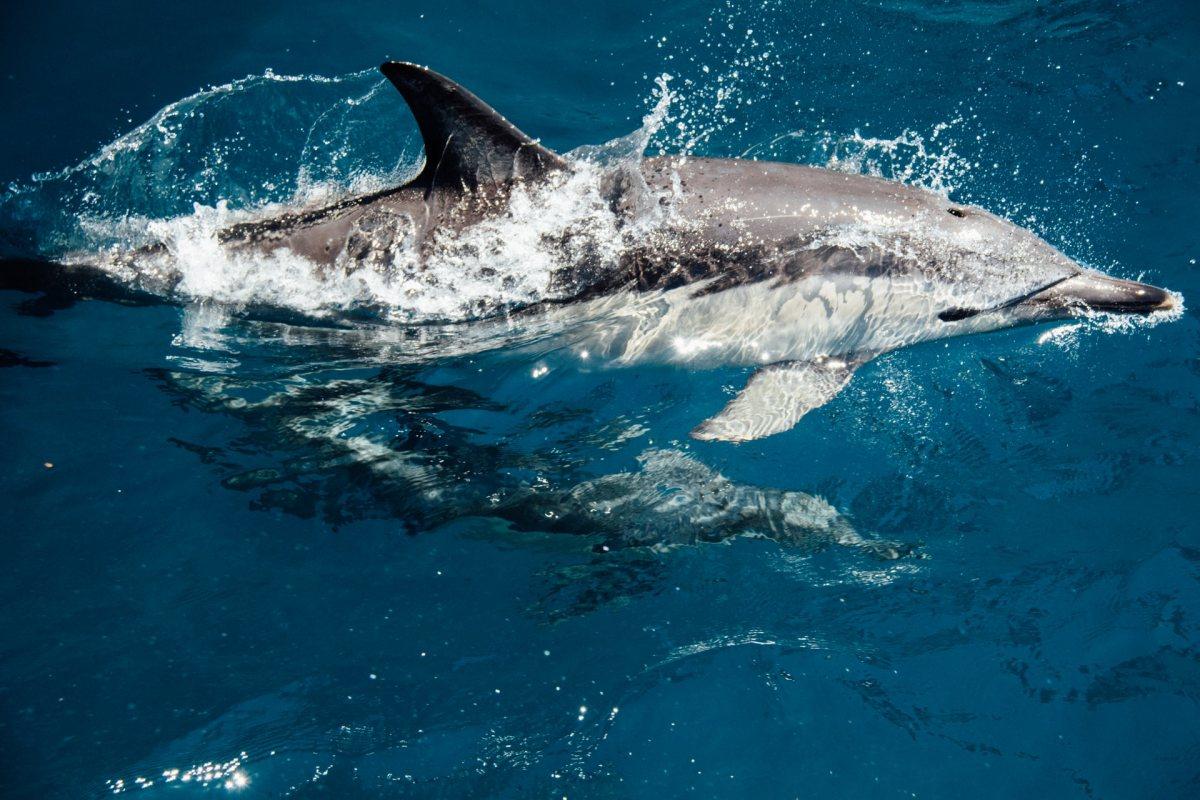
- Name: Spinner dolphin
- Scientific name: Stenella longirostris
- Conservation status:
The spinner dolphin is a small species of dolphin that can be found off-shore, in tropical waters, all around the world, including off the coast of Chile. It gets its name from its famous acrobatic displays, leaping and spinning.
Ever since tuna fishing began in the 1950s, tens of thousands of spinner dolphins were accidentally killed, including half of all eastern spinner dolphins. Pollution is also a huge threat to these dolphins, which are on the decline, though they are for now considered of least concern.
17. South American coati
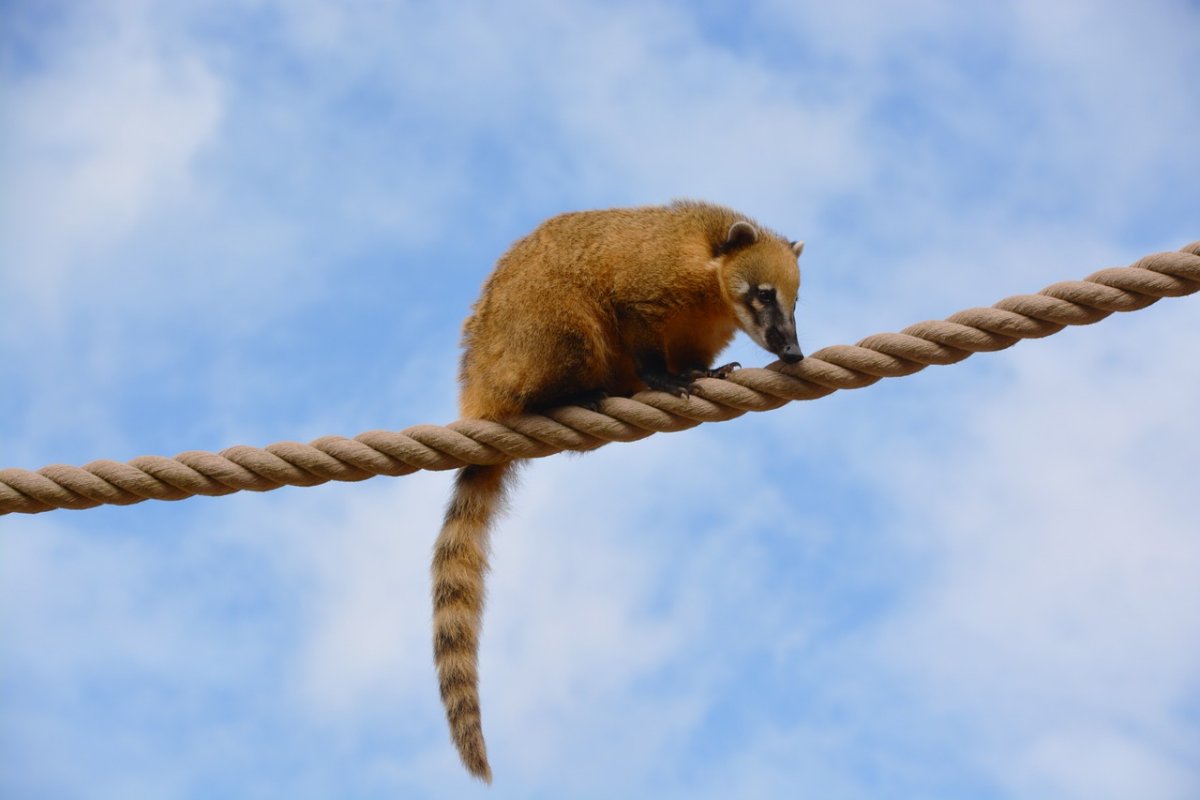
- Name: South American coati
- Scientific name: Nasua nasua
- Conservation status:
The South American coati, also known as the ring-tailed coati, is a species of coati (members of the raccoon family) that can be found in tropical and subtropical areas of South America. Its tail represents half of its length, and it gets its name from the rings on its tail. Its color vastly varies depending on its environment.
The coati can be tough to spot as it usually lives in dense forests. It is considered an invasive species, and it is illegal to release it in the European Union.
18. Molina’s hog-nosed skunk
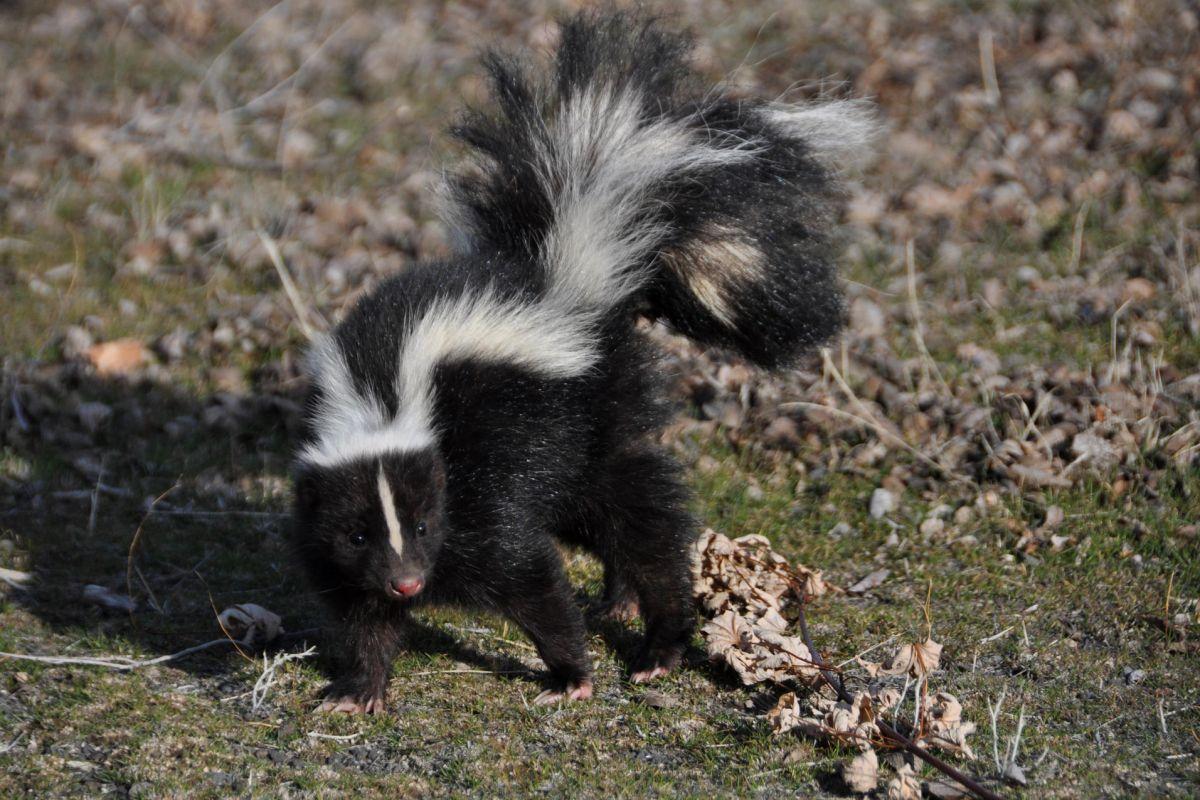
- Name: Molina’s hog-nosed skunk
- Scientific name: Conepatus chinga
- Conservation status:
Molina’s hog-nosed skunk, also known as the Andes skunk, is a species of skunk native to South America. It can be seen in Chile, Brazil, Uruguay, Peru, Argentina, and Bolivia, at up to 5,000 m / 16,400 ft.
This skunk is a solitary animal, with a large territory, and will only gather temporarily for mating purposes. In order to feed, it forages at night and eats birds, eggs, small mammals, leaves, fruit, and insects.
19. Darwin’s fox
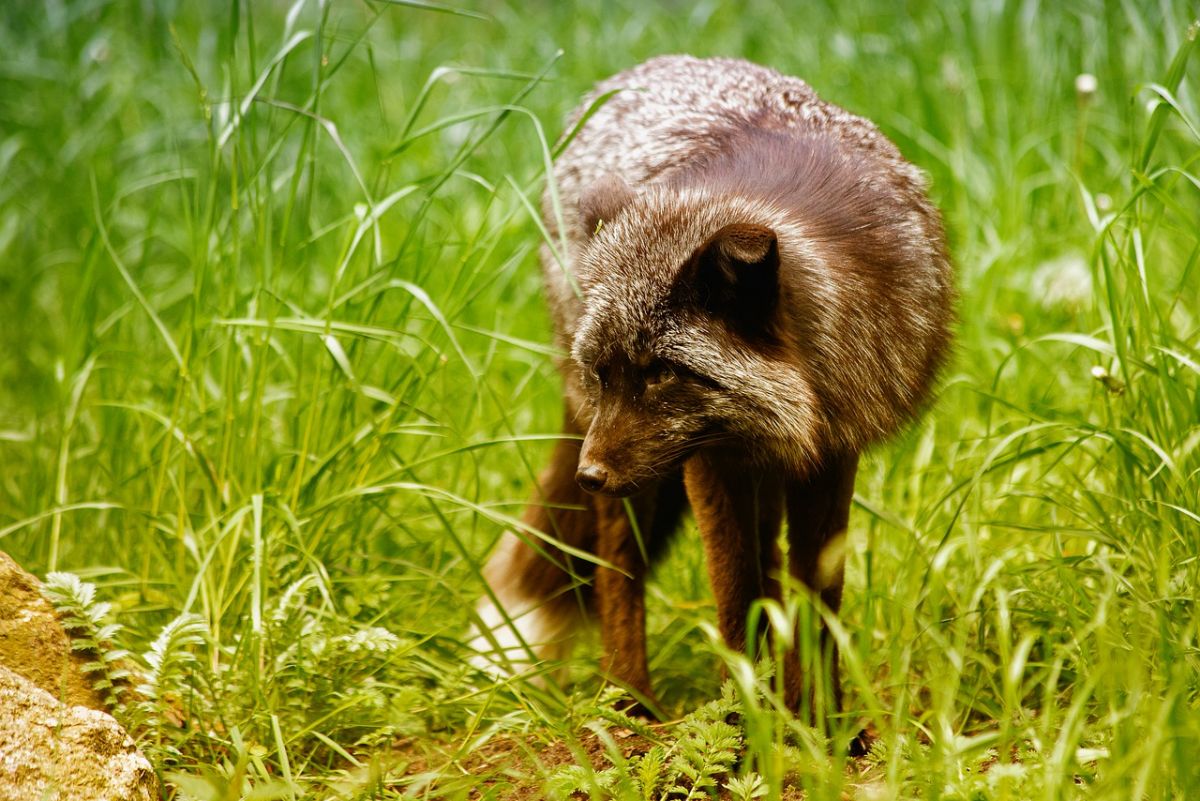
- Name: Darwin’s fox
- Scientific name: Lycalopex fulvipes
- Conservation status:
Darwin’s fox, also known as Darwin’s zorro or the zorro chilote, is a species of small canine with very small and scattered populations. It is endemic to Chile and does not interbreed with other subspecies. Because of this, it is seriously endangered, mostly due to habitat fragmentation.
There are currently around 600 Darwin’s foxes in the wild, most of them being on Chiloé Island, which belongs to Chile.
20. Big-eared brown bat
- Name: Big-eared brown bat
- Scientific name: Histiotus macrotus
- Conservation status:
The big-eared brown bat is a species of vesper bat native to Chile, Paraguay, and Argentina. It was first described in 1835 by Eduard Friedrich Poeppig, a German zoologist.
It gets its name from its unusually large ears, which exceed 33 mm / 1.3 in in length. It has dark brown fur on its back and a whitish one on its belly. It has a very large population and is a versatile species, therefore not being threatened whatsoever.
21. Lesser grison
- Name: Lesser grison
- Scientific name: Galictis cuja
- Conservation status:
The lesser grison is a species of mustelid native to South America. It can be found in Chile, Peru, Bolivia, Paraguay, Uruguay, Argentina, and Brazil, and has a slender body, a bushy tail, and short legs. Its neck is long and its head is short.
This grison is a versatile species that will fit in any habitat, usually near water. It can be seen as high as 4,200 m / 13,800 ft.
—
So there you have them, these were my 21 animals of Chile wildlife. I hope you enjoyed this list and that you learned something new today.
In case you want to learn more about animals in the country, feel free to keep reading, as I still have lots of things to tell you about:
Endangered Animals of Chile
This is definitely the saddest part of the list, but it is very important to raise awareness. Because of this, let’s go through the list of endangered animals in Chile.
Here are the animals in danger of extinction in Chile.
- Dusicyon avus
- Great hammerhead
- Pehuenche spiny-chest frog
- Chilean woodstar
- Tope
- Hooded grebe
- and 19 more…
- Darwin’s frog
- Basking shark
- Andean cat
- Northern royal albatross
- Whale shark
- and 57 more…
To see the full list of endangered species in Chile, head over to the International Union for Conservation of Nature’s Red List.
What is the National Animal of Chile?
The national animal of Chile is the South Andean deer.
The South Andean deer, also known as the huemul, güemul, or the southern guemal, is a species of deer native to the mountains of Chile and Argentina. It is endangered, and researchers consider the remaining of the populations to not be viable.
In Chile, it has been considered a Natural Monument since 2006 and is part of the country’s national coat of arms. It dates from 1834 and features a huemul and a condor.
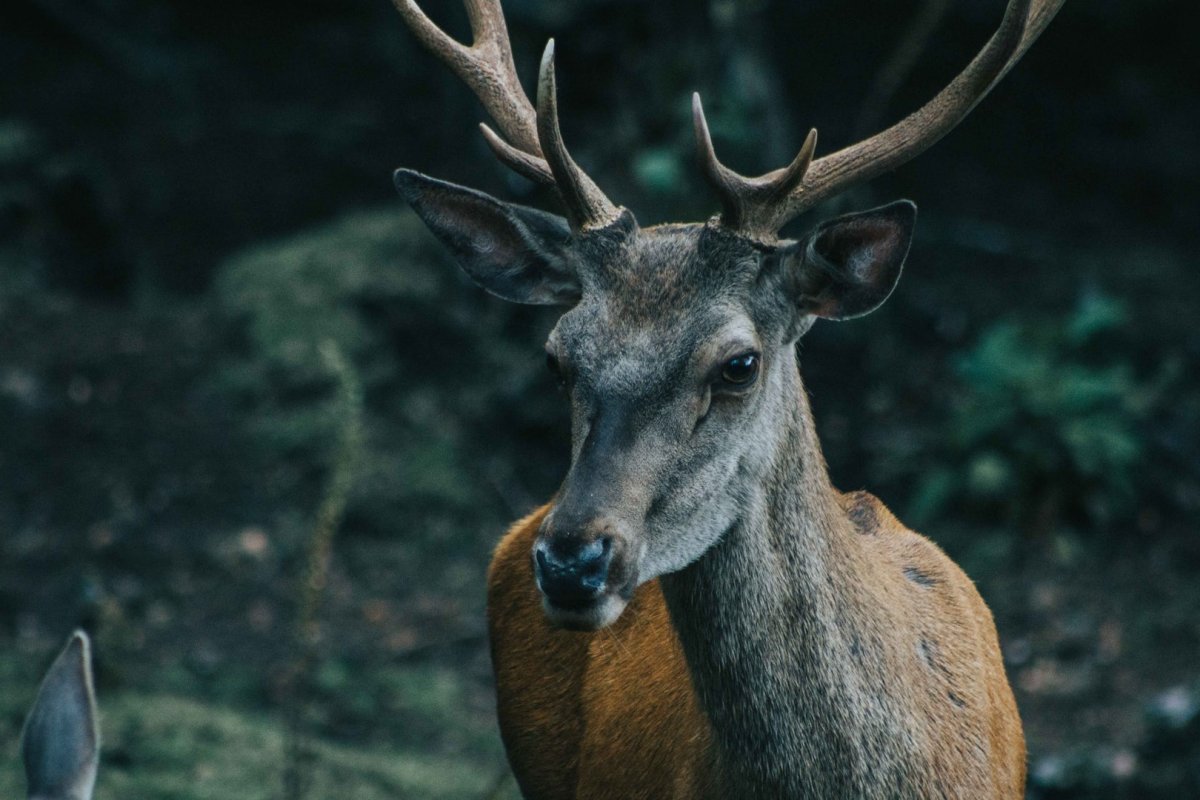
How Many Animals Native to Chile?
What is the diversity of native animals in Chile?
Let’s look at the total number of species of Chordata (mammals, birds, fishes, and reptiles).
Total number of animal species in Chile: 1,655 (14,422 in total in South America)
More About Animals in the World!
Loved these Chile animals facts? Want to see what animals live in other countries?
Then check out these posts:
Or click here to see ALL the facts up on the blog! Spoiler alert: there’s A LOT of them.
Share the knowledge! Click on the buttons below to share information about these famous animals in Chile with your friends, and help them learn more about the world 🙂
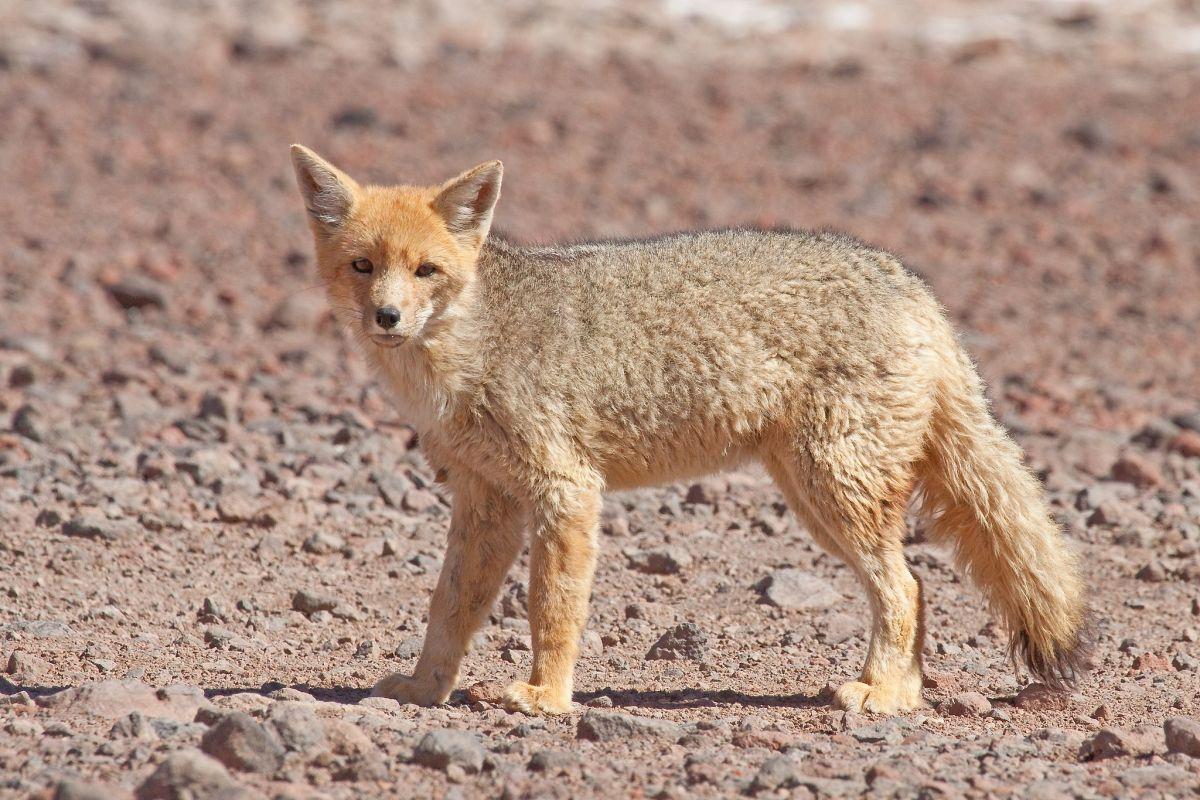
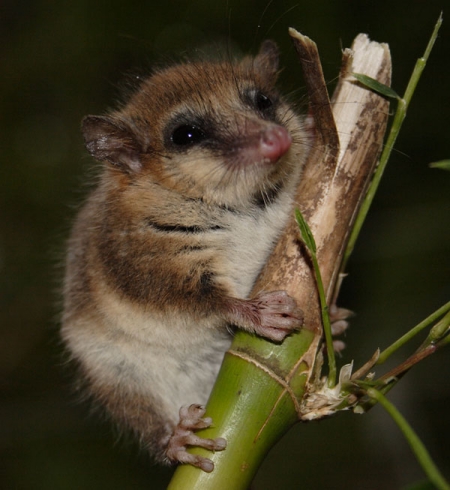
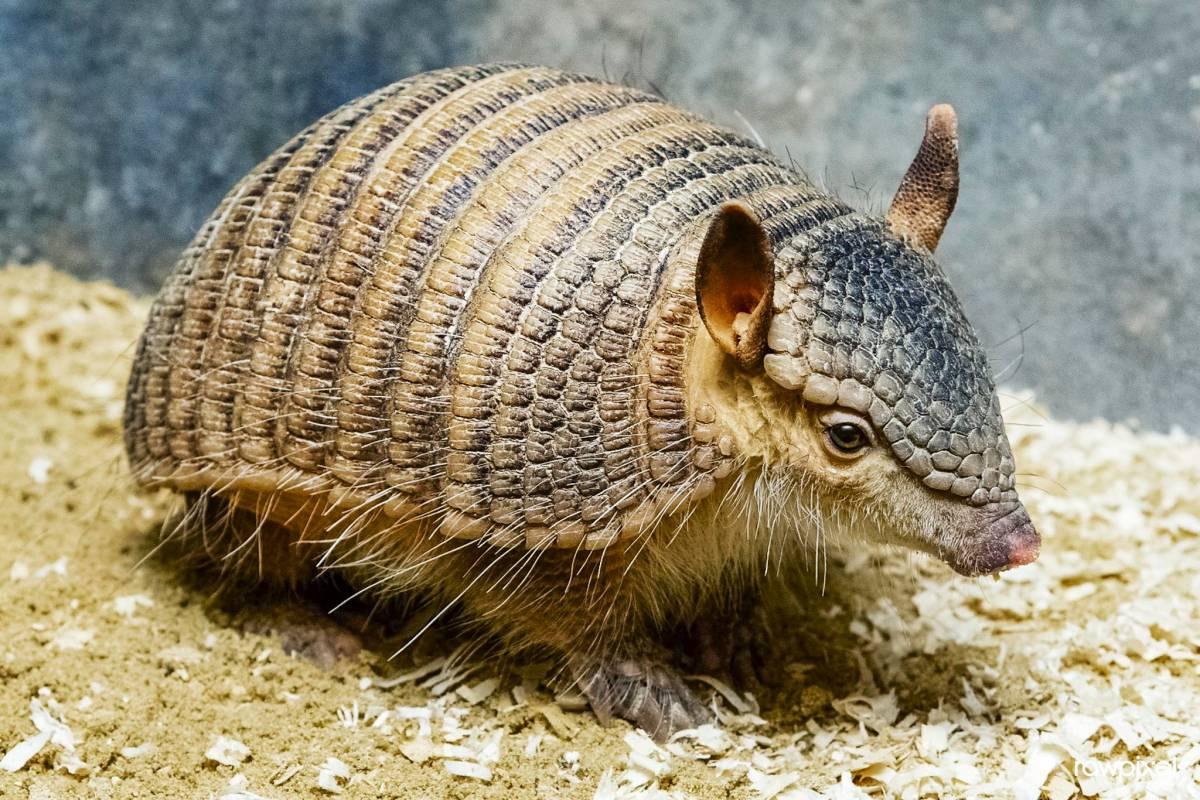
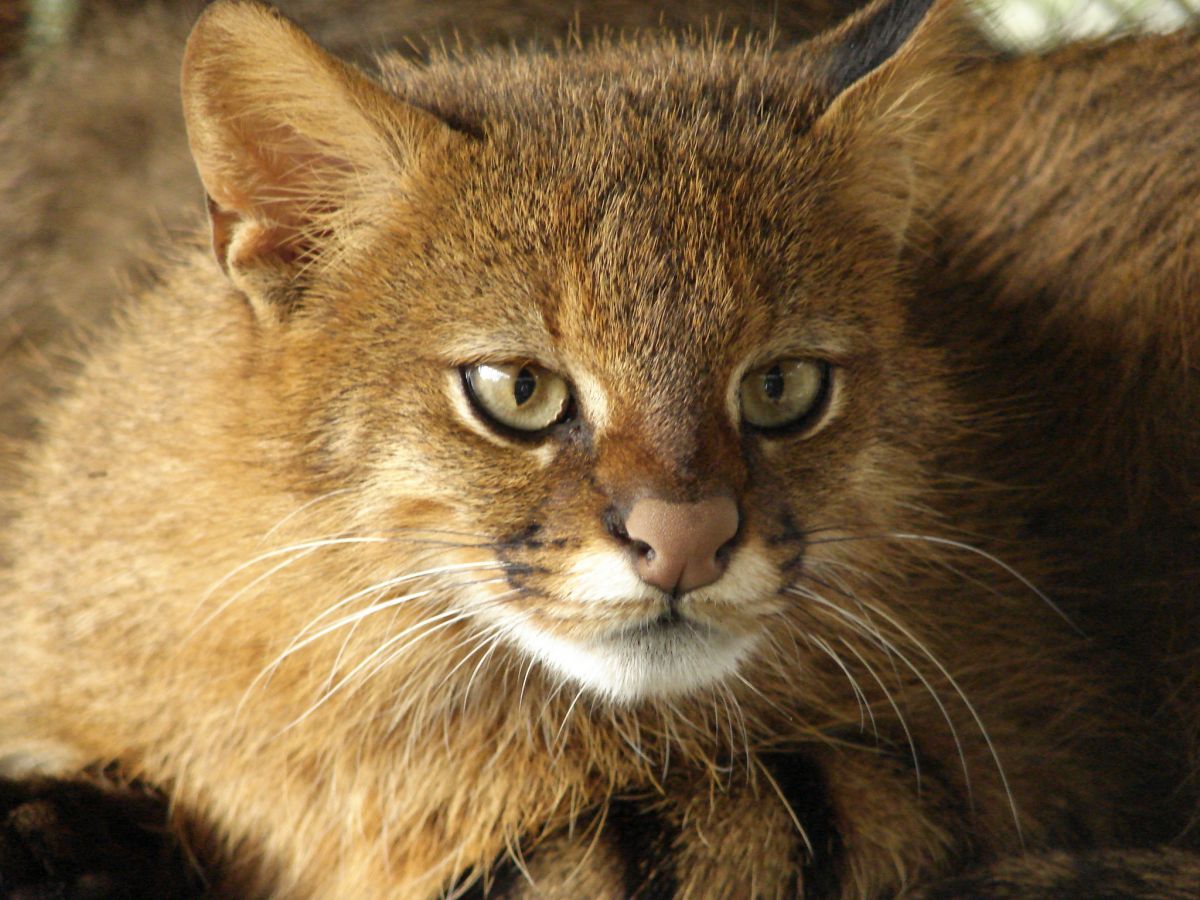
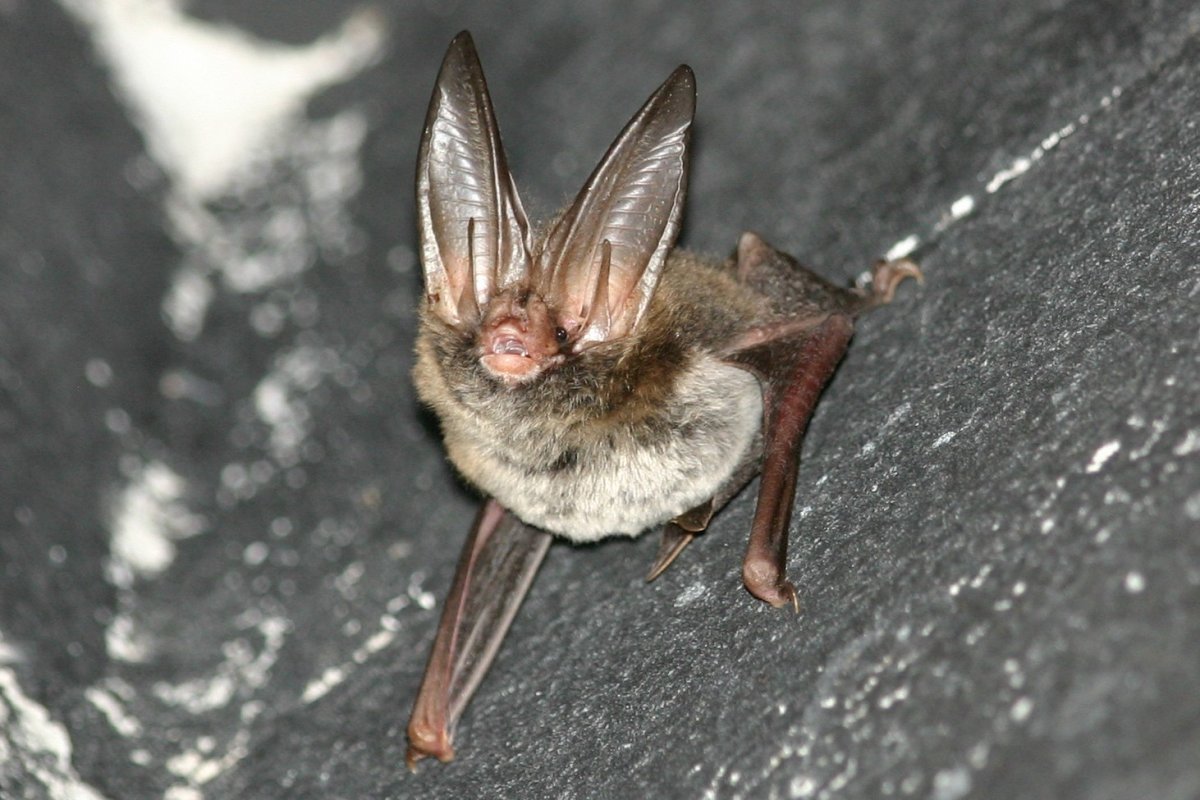
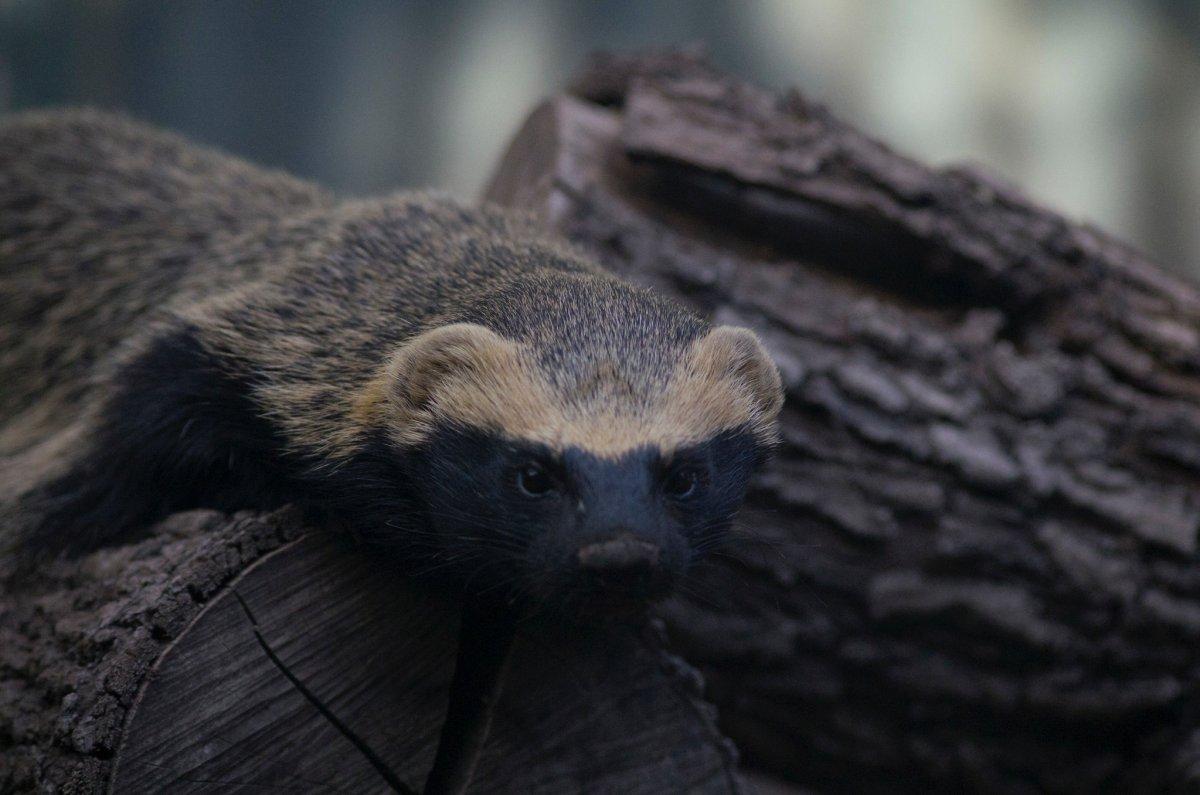

![13 Wild Animals in Wales [Wildlife in Wales]](https://www.kevmrc.com/wp-content/uploads/2022/10/13-wild-animals-in-wales.jpg)
![15 Wild Animals in Benin [Wildlife in Benin]](https://www.kevmrc.com/wp-content/uploads/2022/12/15-wild-animals-in-benin.jpg)
![33 Wild Animals in Malaysia [Wildlife in Malaysia]](https://www.kevmrc.com/wp-content/uploads/2022/12/33-wild-animals-in-malaysia.jpg)